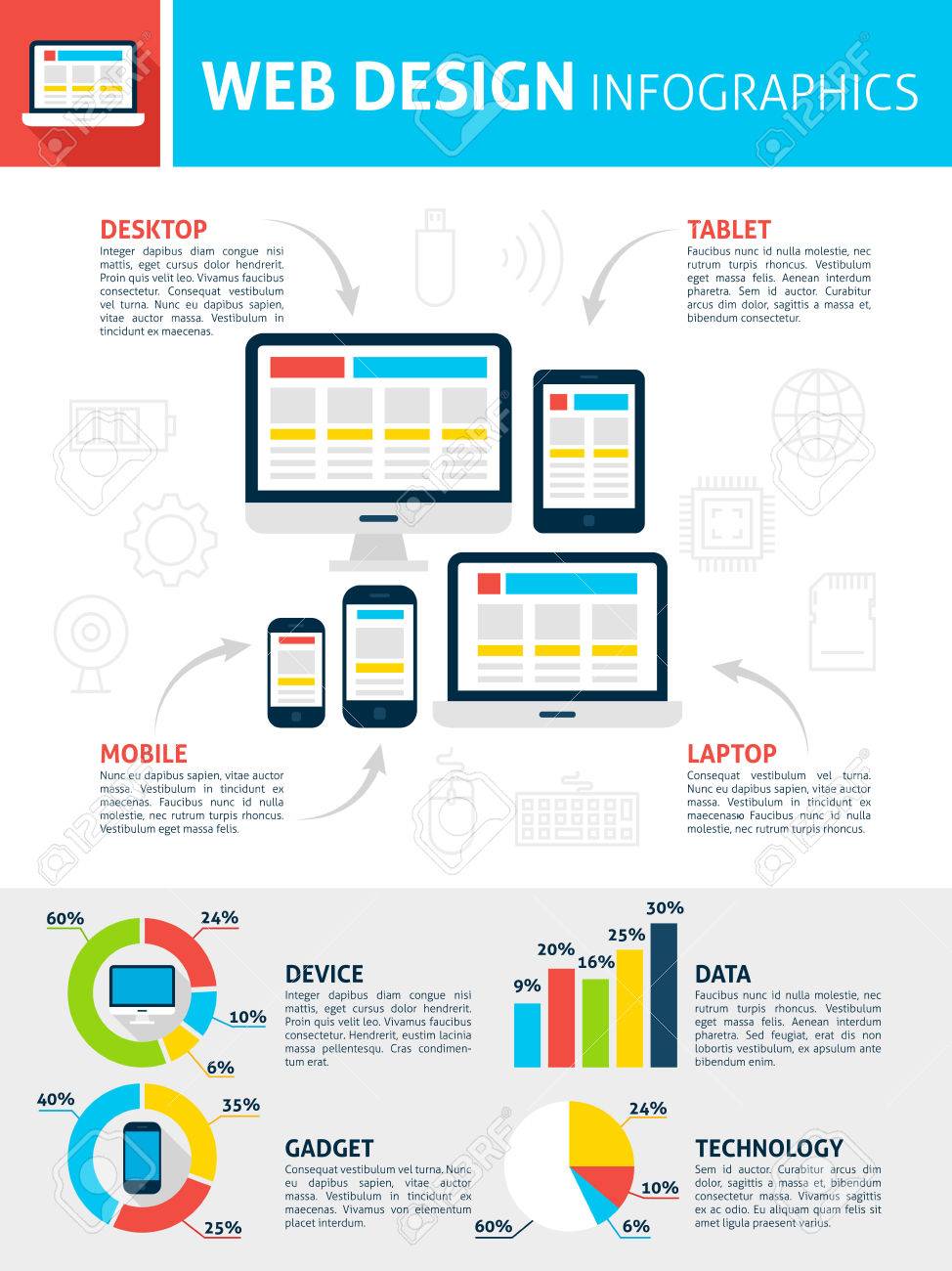Vital Web Site Design Insights: Suggestions For Constructing An User-Friendly Interface
Vital Web Site Design Insights: Suggestions For Constructing An User-Friendly Interface
Blog Article
Article Written By-Christophersen Gammelgaard
When it pertains to internet site design, guaranteeing user-friendliness is key. From receptive style to structured navigating, every aspect plays an essential duty in producing a website that accommodates your audience's requirements. But what regarding the better information that can make or damage a user's searching experience? Keep tuned as we discover some often-overlooked ideas that can boost your website's usability to the next degree, making it truly attract attention in the electronic landscape.
Value of Responsive Layout
Receptive layout is a critical element of contemporary internet site advancement. Ensuring your site is responsive means that it can adjust to different display sizes and tools, providing a seamless experience for individuals.
With the increasing use of smart devices and tablet computers to access the web, having a receptive style is necessary for reaching a wider target market. It assists in boosting user experience by making your web site simple to browse and continue reading any kind of tool.
Additionally, affordable search engine optimisation can positively influence your search engine positions, as internet search engine like Google focus on mobile-friendly websites. By having a receptive design, you're additionally future-proofing your site, as new tools with varying display dimensions continue to emerge.
Simplify Navigating Structure
To boost individual experience and assist in simple accessibility to info on your web site, streamlining the navigating framework is paramount. When designing your site, focus on creating a clear and intuitive navigation menu that helps visitors find what they're looking for quickly.
Limitation the number of menu things to the fundamentals, organizing associated web pages with each other to stay clear of frustrating users. Use detailed tags that clearly suggest the web content of each web page, making it less complicated for customers to understand where each web link will take them.
Take into consideration executing dropdown menus for subcategories to prevent cluttering the primary navigation bar. In addition, consist of a search bar prominently on the web page for users that like searching for details info.
Prioritize mobile responsiveness in your navigation style to make sure very easy accessibility on all gadgets.
Optimize Page Load Speed
Improving web page load speed is critical for preserving visitors on your web site. Slow-loading web pages frustrate individuals and can bring about high bounce prices. To maximize page lots rate, beginning by enhancing images. Press pictures without endangering high quality to minimize their documents dimensions.
In addition, enable web browser caching to store frequently accessed sources in your area, accelerating tons times for returning site visitors. Minify CSS, JavaScript, and HTML files by getting rid of unneeded characters, remarks, and format, boosting load speed.
Think about using a material distribution network (CDN) to disperse your site's material across numerous web servers worldwide, decreasing latency for customers accessing your site from different places. Lastly, limit why not try this out of third-party manuscripts and plugins, as they can significantly impact lots times.
Final thought
To conclude, by including responsive style, simplifying navigation, and maximizing web page tons speed, you can develop an user-friendly website that appeals to a wider audience and improves customer experience. These essential elements ensure that site visitors can easily accessibility and browse your site across different gadgets, causing raised involvement and contentment. By focusing on these crucial aspects, you can develop a successful website that keeps customers coming back for more.
